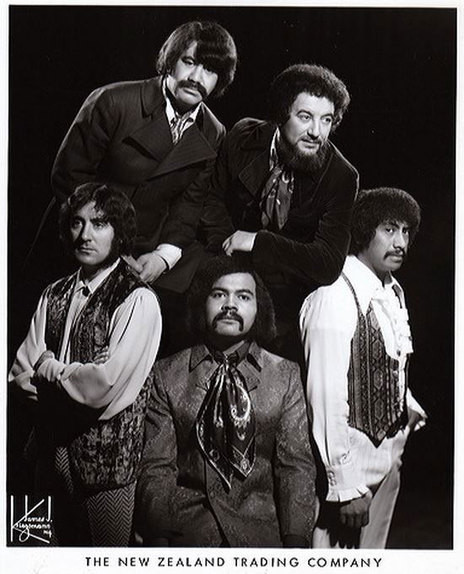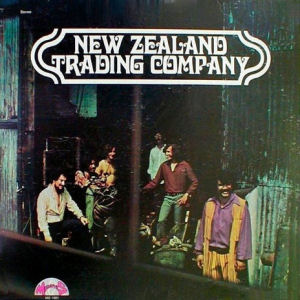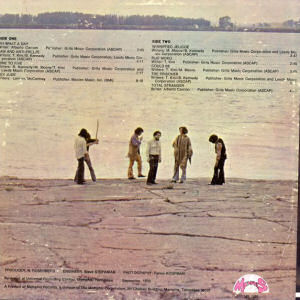
New Zealand Trading Company

The New Zealand Trading Company started out originally as the Maori Hi-Quins, around 1958. The members were Ike Metekingi (bass guitar), Thomas Kini (rhythm guitar), James Tuatara (AKA Jimmy “Junior” Rivers) (piano), Matthew Kemp (lead guitar), Tab Paenga (Sax) and Peter Wolland (drums).
Thomas Kini's older brother, Martin, was a member of the Kini Quartet.
The Maori Hi-Quins moved to Australia early in June 1960, with Rim D. Paul now on vocals and bass guitar. They had residencies at the Chevron Hotel in Surfers Paradise and the Rex Hotel in King's Cross, Sydney. Later that year the Hi-Quins moved to England. Of the original members, there was only Kini on lead guitar, Paul as singer, and Rivers on piano. They had added, from New Zealand, Kawana Waitere on vocals / piano and Eddie Nuku on bass. Also added were two Australians, Neville Turner (drums) and Lynn Rogers, later Alvarez (vocals).
The Maori Hi-Quins toured in Britain, Germany, Spain, Sweden, United States and Canada over the five years. By 1966, they had regular spots in Las Vegas and Hawaii. At that point the line-up consisted of Thomas Kini, Kawana Waitere, Eddie Nuku, from New Zealand and Lynn Alvarez and Neville Turner from Australia.
By 1969 Kini, Nuku, Waitere, Turner and Alvarez were based in Chicago with a new name, the New Zealand Trading Company. They recorded a single for Cadet Records, an offshoot of the Chess label. In Cadet’s catalogue, number 5637 is credited to the New Zealand Trading Company performing Kini’s "Could Be" / "You", but there seems to be no trace of it.
After this, Alvarez, Turner and Nuku left, and Kini and Waitere joined forces with an English pianist, Maurice Moore. While playing in Miami, the New Zealand Trading Company recruited three Puerto Rican musicians from a band called Abram Shoo, Cuban-born guitarist Jorge Casas, drummer Gonchi Sifre, and pianist / singer-songwriter Alberto Carrion.
Success continued for the group and they appeared on Johnny Carson’s "Tonight Show" twice in April 1969, and were booked for residencies at Playboy clubs around the world. While playing at one of those clubs, they came to the attention of Ronnie Hoffman, who was friends with Natalie and Seymour Rosenberg. Natalie ran a booking agency and was an independent record producer who had worked in the Stax studios. In 1969, the Rosenbergs launched a label, Memphis Records. On Hoffman’s recommendation, the Rosenbergs signed the New Zealand Trading Company, recorded them at Universal in 1970, and released their album on the Memphis label later that year.


Unfortunately the group didn't have a niche that they could easily fit into, being a show band, so they had difficulty getting air play. After this they went quite and eventually members drifted into other areas of entertainment.
From the album is one track, "Oh What A Day" and it can be found on the following compilation:-